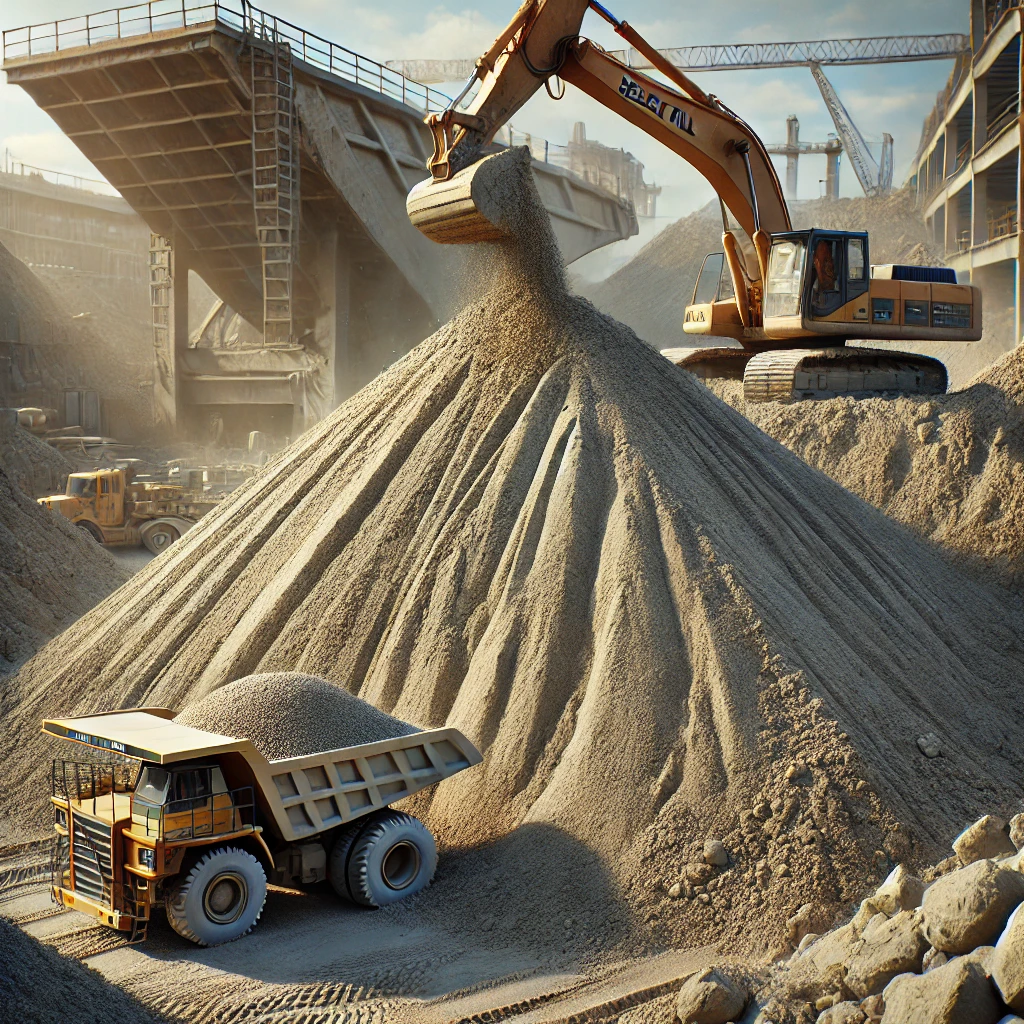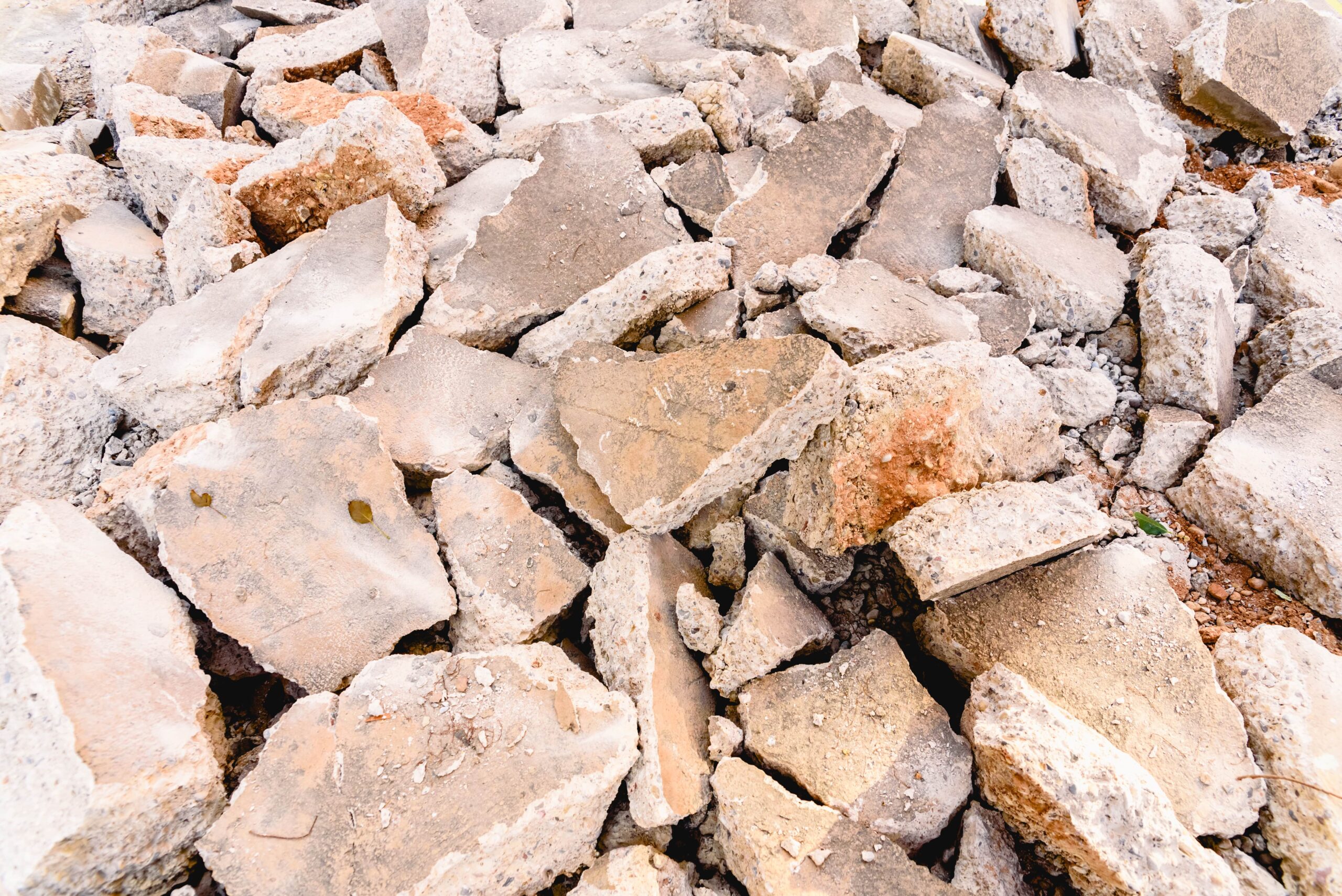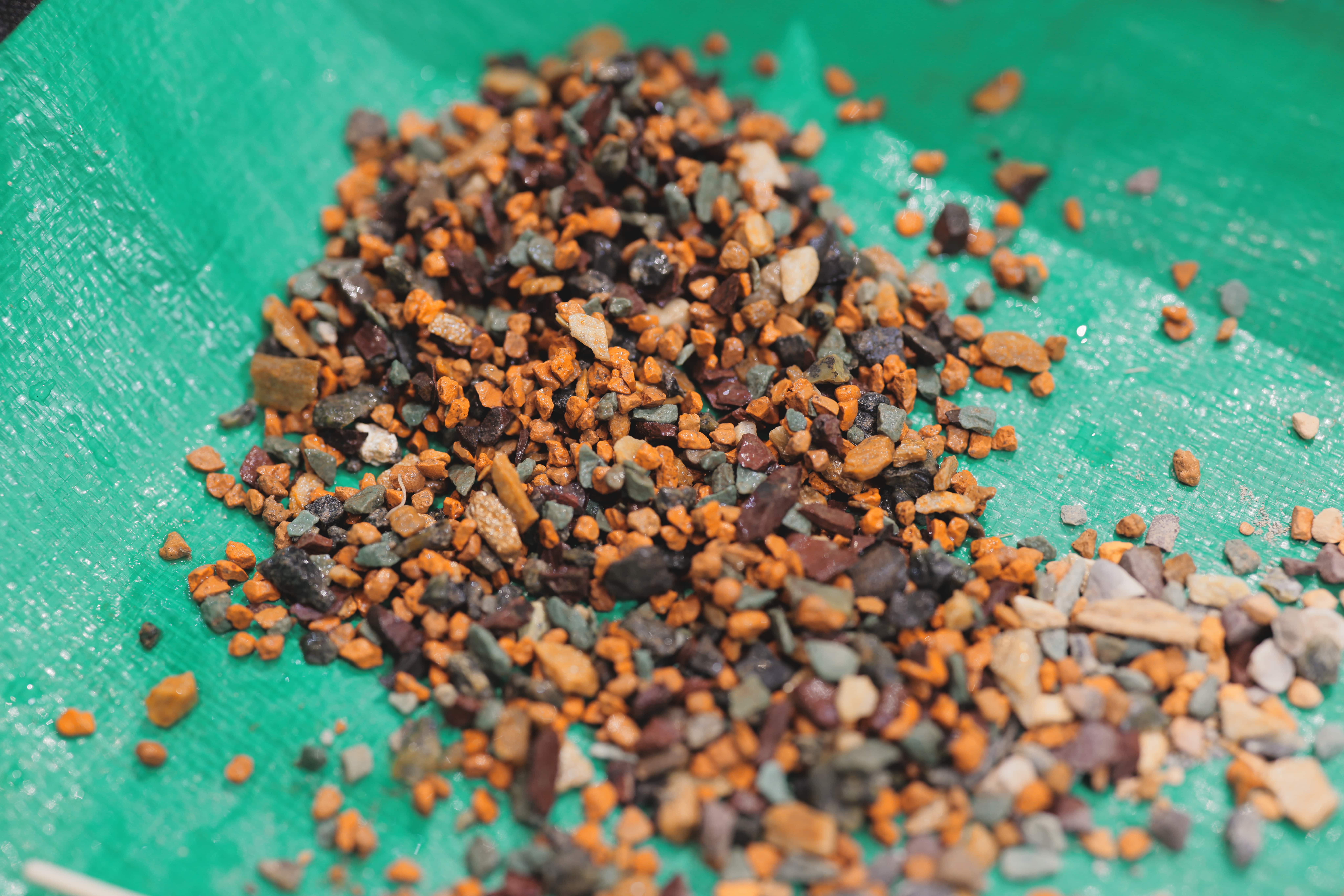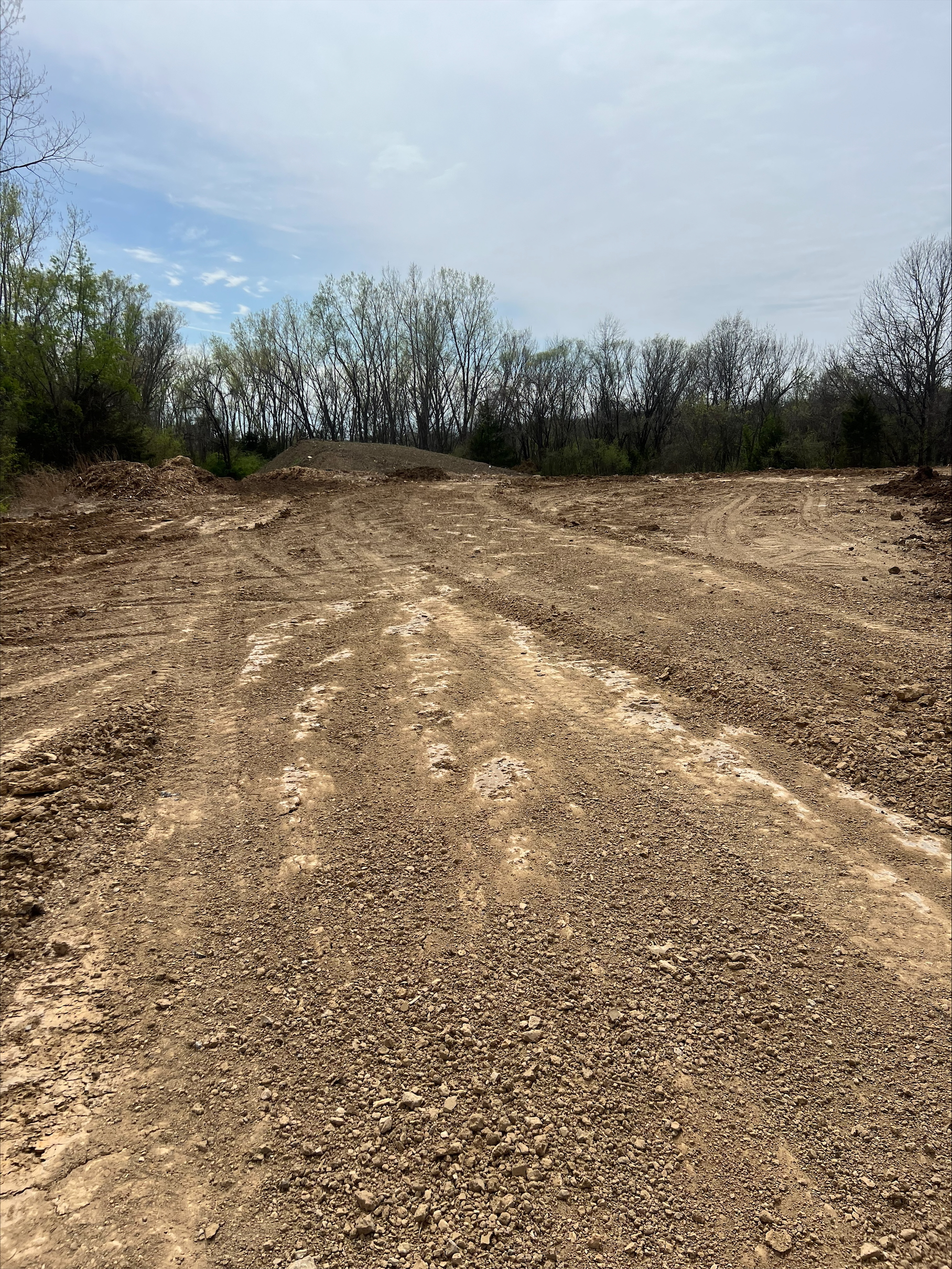How Weather in Philadelphia Affects Select Fill and Construction Projects
Weather conditions play a significant role in construction projects, especially when it comes to selecting and using fill material. In Philadelphia, where seasonal changes bring a variety of challenges—from freezing winters to humid summers—understanding how weather affects select fill can help contractors make better decisions and avoid costly delays. Proper planning and material selection ensure project stability and longevity despite fluctuating climate conditions.
Impact of Seasonal Weather Changes on Fill Material Choices
- Winter Freeze and Thaw Cycles
- Freezing temperatures cause moisture in the soil to expand, leading to frost heave and ground instability.
- As temperatures rise, thawing can result in soft, unstable ground, making proper compaction crucial.
- Using well-draining select fill, such as gravel-based materials, minimizes frost-related movement.
- Spring Rainfall and Soil Saturation
- Heavy rains can lead to oversaturated fill material, reducing its load-bearing capacity.
- Proper site grading and drainage solutions, such as swales or perforated piping, help manage water flow.
- Compaction testing ensures the fill material remains stable despite increased moisture content.
- Summer Heat and Soil Drying
- High temperatures can cause excessive drying, leading to soil shrinkage and cracks.
- Clay-heavy soils may harden and become difficult to compact properly.
- Keeping the right moisture balance during compaction helps maintain soil cohesion and stability.
- Fall Preparation for Winter Conditions
- Pre-winter preparation ensures that fill is properly compacted and drained before freezing temperatures set in.
- Implementing erosion control measures, such as silt fences or vegetation, helps retain soil integrity.
- Stockpiling select fill under cover prevents excessive moisture absorption before use.
Preparing for Extreme Weather Conditions
- Implement Proper Drainage Systems
- Installing French drains, stormwater management systems, and gravel trenches prevents water accumulation.
- Grading the site to direct runoff away from critical structures ensures long-term stability.
- Use Weather-Appropriate Select Fill
- Coarse-grained fill materials, such as sand and crushed stone, provide better drainage and compaction in wet conditions.
- Avoiding high-clay-content soils prevents excessive expansion and contraction during seasonal shifts.
- Monitor Soil Moisture and Adjust Compaction Methods
- Soil moisture levels should be checked regularly to ensure proper compaction without excessive water content.
- Adjusting rolling or tamping techniques based on seasonal conditions improves fill performance.
- Plan Construction Scheduling Around Weather Patterns
- Avoiding fill placement during heavy rain or extreme freeze periods minimizes rework and settlement issues.
- Using protective covers or temporary enclosures can shield fill materials from excessive moisture or drying.
Finding Reliable Select Fill in Philadelphia
Sourcing high-quality select fill is essential for withstanding Philadelphia’s changing weather conditions. Borrow-Pit provides reliable listings for select fill, ensuring you get materials suited to your project’s needs. Available listings include:
- 15,000 to 20,000 CY of Fill Dirt in Philadelphia, PA (Free)
- 15,000-20,000 CY of Good Clean Fill Dirt in Trevose, PA (Free)
Conclusion
Philadelphia’s diverse weather conditions require careful planning when selecting and using fill materials. Understanding how seasonal changes impact soil stability and drainage helps contractors prevent delays and structural issues. By choosing weather-appropriate select fill, implementing drainage solutions, and adjusting compaction techniques, construction projects can remain stable year-round. Visit Borrow-Pit.com to source quality select fill for your next project.




